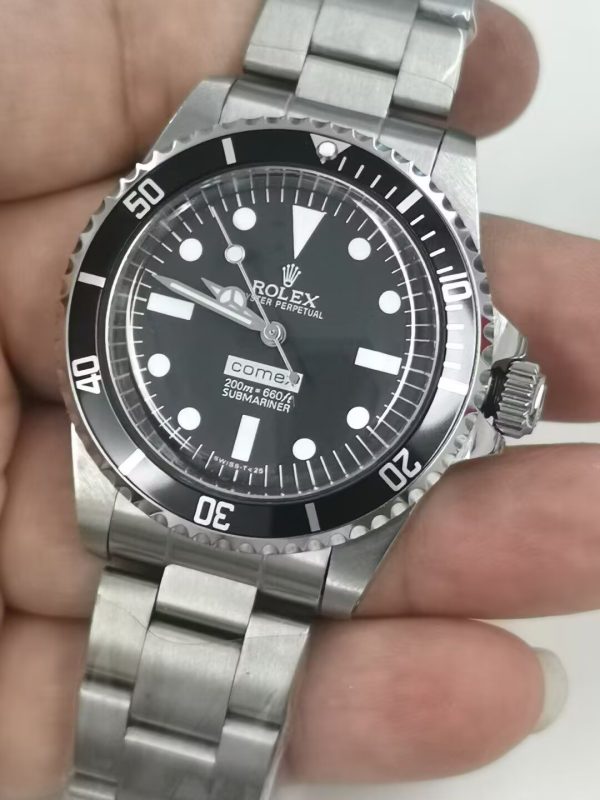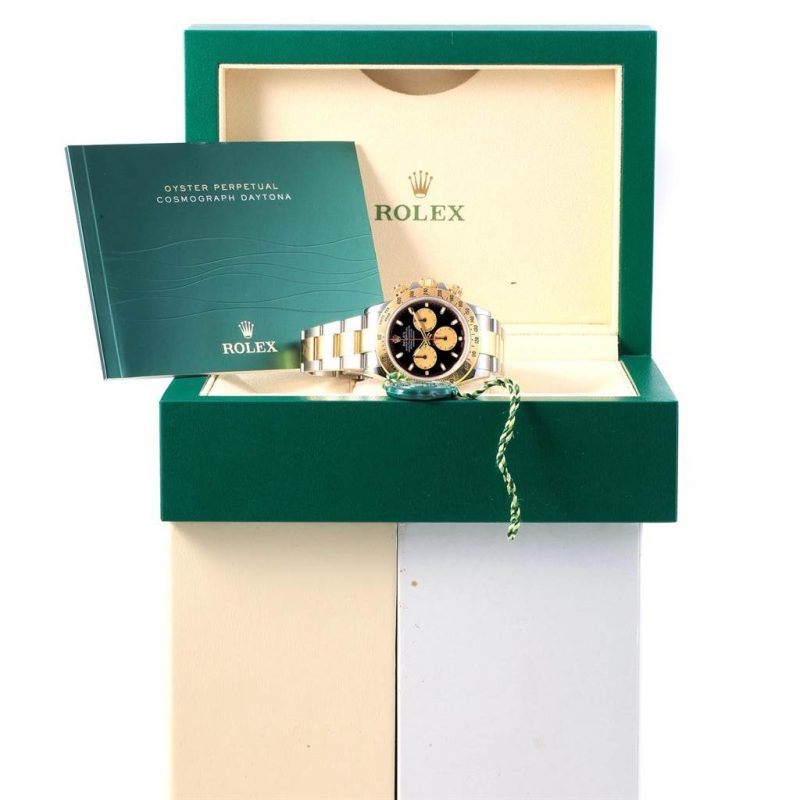Clone
Are Replica Rolex Watches Water-Resistant?
One of the hallmark features of genuine Rolex watches is their impressive water resistance, a testament to their meticulous engineering. However, the same cannot always be said for replica Rolex watches. Here, we delve into the water resistance of replica Rolex watches, exploring why they often fall short of their genuine counterparts, and under what conditions some replicas might still offer a level of water resistance.

Understanding Rolex’s Water Resistance
Rolex has built a reputation on its commitment to quality and innovation, particularly in the realm of water resistance. Their Oyster case, introduced in 1926, was the world’s first waterproof wristwatch case, a game-changer in watchmaking. Modern Rolex watches are crafted to endure depths of at least 100 meters (330 feet), with models like the Submariner and Sea-Dweller pushing this boundary to 300 meters (1,000 feet) and beyond.
This exceptional water resistance is achieved through precise engineering and the use of high-quality materials, including corrosion-resistant Oystersteel and robust gaskets. Rolex’s stringent testing protocols ensure each watch meets their rigorous standards before leaving the factory.
Swiss Movement Replicas
Swiss movement replicas represent a higher tier of counterfeit watches, often boasting better craftsmanship and materials compared to their lower-quality counterparts. These replicas sometimes feature water-resistant properties, though still not to the same standard as authentic Rolex watches.
- Improved Sealing: Higher-end replicas might use better gaskets and seals, improving their resistance to water. Some manufacturers even test these watches for basic water resistance.
- Materials and Craftsmanship: Swiss movement replicas often use higher-quality materials, including better-grade stainless steel, and are assembled with more attention to detail.
- Marketing Claims: These replicas might be marketed as water-resistant, sometimes up to a specific depth, typically between 30 to 100 meters. However, these claims should be taken with caution, as the actual water resistance might not meet these specifications under real-world conditions.
While Swiss movement replicas can offer some degree of water resistance, they are generally not designed to withstand the same pressures or depths as genuine Rolex watches. Their construction, while superior to low-end replicas, still lacks the rigorous testing and precision engineering that characterize authentic Rolex water resistance.
Real-World Performance: What to Expect
In practical terms, the water resistance of a replica Rolex watch can be quite unpredictable. Here’s what to consider if you own or are thinking of purchasing a replica:
- Avoid Submersion: Even if a replica claims to be water-resistant, it’s wise to avoid submerging it in water. Exposure to water can lead to internal damage and potentially ruin the watch.
- Limited Water Resistance: If a replica has any water resistance, it’s typically suitable for minor exposure, such as splashes or brief contact with water. Activities like swimming, diving, or showering should be avoided.
- Check Before Use: For those replicas that do advertise water resistance, it’s crucial to verify these claims through independent reviews or by consulting with knowledgeable watch enthusiasts. Testing the watch in controlled conditions might be an option if you’re confident in the seller’s claims.

